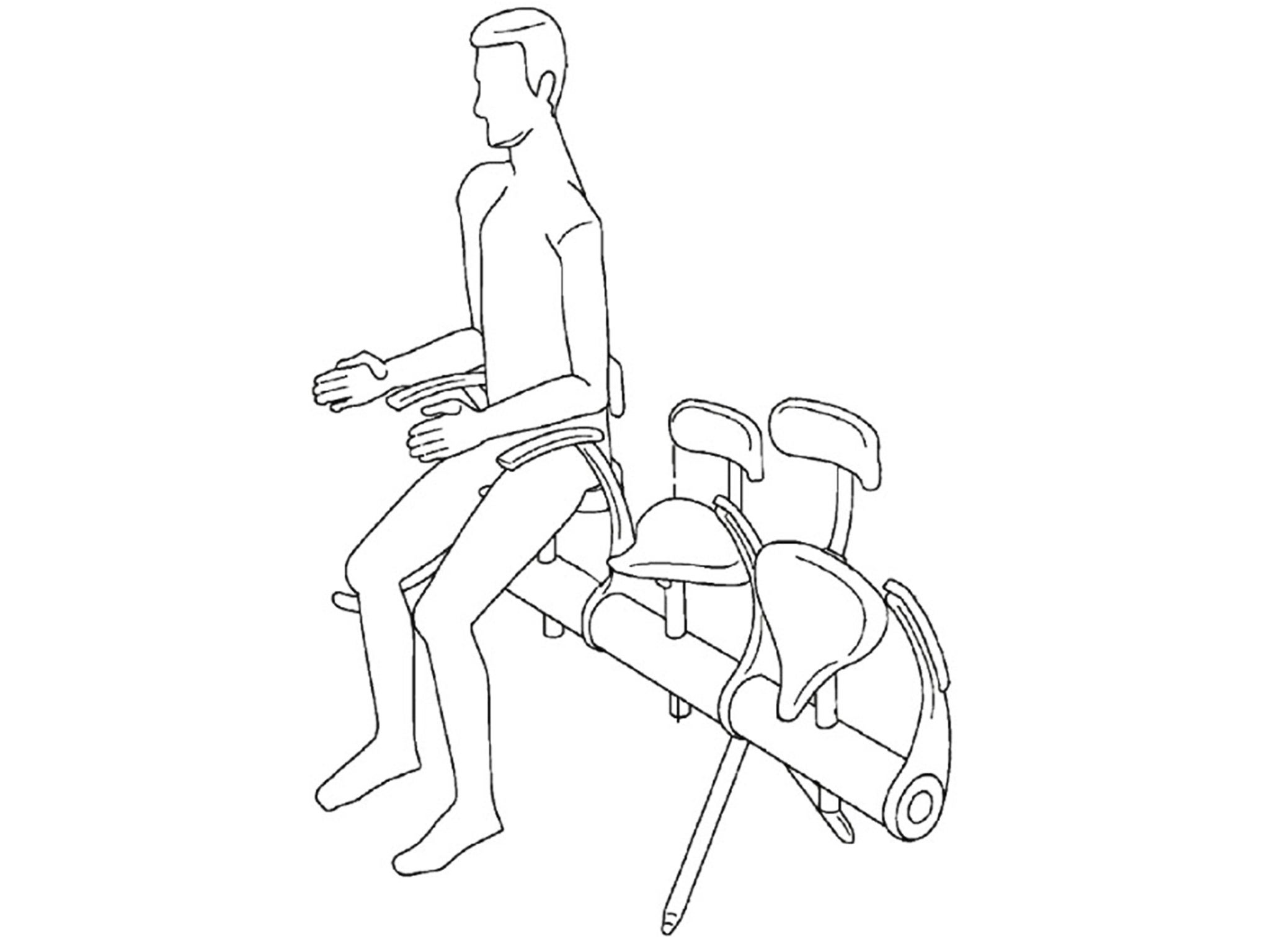Short-haul squeeze: Airbus proposes moped-style seats to boost 'no frills' capacity
Patent asserts that design should boost an aircraft’s capacity by one-third

Your support helps us to tell the story
From reproductive rights to climate change to Big Tech, The Independent is on the ground when the story is developing. Whether it's investigating the financials of Elon Musk's pro-Trump PAC or producing our latest documentary, 'The A Word', which shines a light on the American women fighting for reproductive rights, we know how important it is to parse out the facts from the messaging.
At such a critical moment in US history, we need reporters on the ground. Your donation allows us to keep sending journalists to speak to both sides of the story.
The Independent is trusted by Americans across the entire political spectrum. And unlike many other quality news outlets, we choose not to lock Americans out of our reporting and analysis with paywalls. We believe quality journalism should be available to everyone, paid for by those who can afford it.
Your support makes all the difference.Last month Etihad unveiled the most luxurious passenger experience in the skies: a three-room suite staffed by a butler and chef, on its forthcoming Airbus A380 flights from London to Abu Dhabi. This month, the uncomfortable reality of no-frills flying kicked in.
The European aircraft manufacturer is proposing a seat that borrows from bicycles to add more than 50 passengers aboard a narrow-bodied plane – while Ryanair may squeeze 10 more people on each of its Boeing jets.
On a patent application lodged by Airbus, the inventor Bernard Guering proposes “A seating device with reduced bulk, for example for an aircraft”. The accompanying diagrams suggest that “seats” resembling moped saddles are fixed to spindles. Each passenger has a small back-rest – described as “a simple lumbar support held at the end of an arm”. Retractable armrests are also provided.
The patent asserts that the design should boost an aircraft’s capacity by one-third. On the Airbus A319, the mainstay of the easyJet fleet, that would allow 52 more passengers to join the 156 currently on board.
The patent notes “reduced comfort remains tolerable for passengers” on shorter flights. The generic term for such journeys may become the “Guering Grind”. The inventor of the aeronautical equivalent of Third Class freely admits that the race is on to squeeze more bums on seats.
Ryanair, which some say is renowned for exploring passenger tolerance, is reported to be planning to add 10 more seats to its one-size Boeing 737 jets.
The plane’s manufacturer is developing a “737 MAX” variant that is the same length as the existing model flown by the Irish airline. Yet it is planned to be certified to carry 200 passengers, rather than the current limit of 189, with adjustments to the rear galley, washrooms and emergency-exit configuration.
Ryanair is thought likely to favour a 199-seat jet; under safety rules, a 200-seat version would require an additional member of cabin crew. The airline’s executives have previously talked of a 199-capacity plane being a “sweet spot”.
A Ryanair spokesperson declined to respond, saying: “We don’t comment on rumour or speculation.”
Even people who stick to terrestrial transport could find themselves afflicted by the drive for greater efficiency. M Guering notes: “The invention could perfectly well be used in other transport means in which the aim is to transport a maximum number of passengers, such as coaches or planes.”
Join our commenting forum
Join thought-provoking conversations, follow other Independent readers and see their replies
Comments